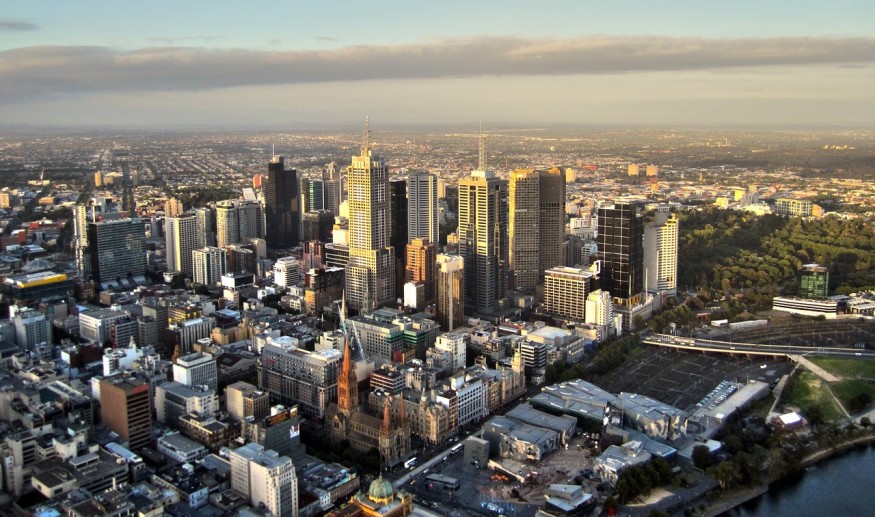An aftershock rocked Melbourne city in the state of Victoria this week following an earthquake over the weekend. The tremor on Tuesday, May 30, was felt by some people in the area surrounding the Victorian city.
While this is nothing compared to the quake on Sunday, May 28, the event still indicates a potential occurrence of a major earthquake in the country in the future.
Australia may not sit within the Pacific Ring of Fire, a seismically active region across the Pacific Ocean. However, it is still vulnerable to potentially deadly earthquakes, as reported in previous incidents.
The movement of the Australian tectonic plate and collision with its adjacent plates could still result in devastating events.
Melbourne Aftershock

A 2.3 magnitude aftershock on the Richter scale was recorded just after 5:00 p.m. local time on Tuesday at a depth of 4 kilometers in Croydon, which is around 30 kilometers east of central Melbourne. In a tweet, Geoscience Australia acknowledged that it was aware of the small earthquake, as cited by the Daily Mail UK.
Tuesday's aftershock occurred two days after a 3.8 magnitude earthquake struck an area near Sunbury, 36 kilometers northwest of the city, at about 11:47 p.m. on Sunday. Weekend's event was felt by more than 26,000 people, from the border town of Albury to the capital city of Hobart in the state of Tasmania. The figure is based on statistics supplemented by people to local authorities.
During an update, the earthquake on Sunday night was upgraded from 3.8 to 4.0 magnitude, which was stronger than previously thought. On Tuesday, Geoscience Australia stated it upgraded the quake and revealed there was an aftershock of 2.6 magnitude just 2 minutes after the main identifiable earthquake occurred, Australia's ABC News reported.
In a tweet, Geoscience Australia conducted manual analysis of the seismic event, leading to the upgrade of the Sunday's earthquake and determination of a 2.6 aftershock during that time. In addition, the Australian government agency also reported 26,672 people reported of feeling the tremors from northern Victoria to Tasmania.
Also Read : Can Pets Predict an Incoming Earthquake? Animals' Eerily Amazing Perception May be the Key
Deadly Australian Earthquakes
As mentioned earlier, Australia is not a stranger to earthquakes, as well as to deadly ones. These catastrophic events have been recorded in previous decades since recordings started. Deadly Australian earthquakes have not only resulted in casualties but also widepsread infrastructural damage.
According to the Australian Geographic, below are some of Australia's worst earthquakes in recent history;
- The 5.6 magnitude earthquake in Newcastle, New South Wales, in December 1989 killed 13 people and led to the hospitalization of 160 others. It damaged 35,000 homes, 147 schools, and 3,000 buildings, leading to an estimated infrastructural damage of $4 billion.
- The 6.5 magnitude earthquake in Meckering, Western Australia, in October 1968 injured 20 people and damaged many buildings, becoming the second-strongest earthquake recorded in the country.
- The 5.4 magnitude earthquake in Ellalong, New South Wales, injured five people and damaged 1,000 homes after a powerful quake struck the Hunter region of NSW.
Related Article: Powerful Magnitude 6.0 Earthquake Shook Melbourne Amidst Lockdown
© 2025 NatureWorldNews.com All rights reserved. Do not reproduce without permission.





